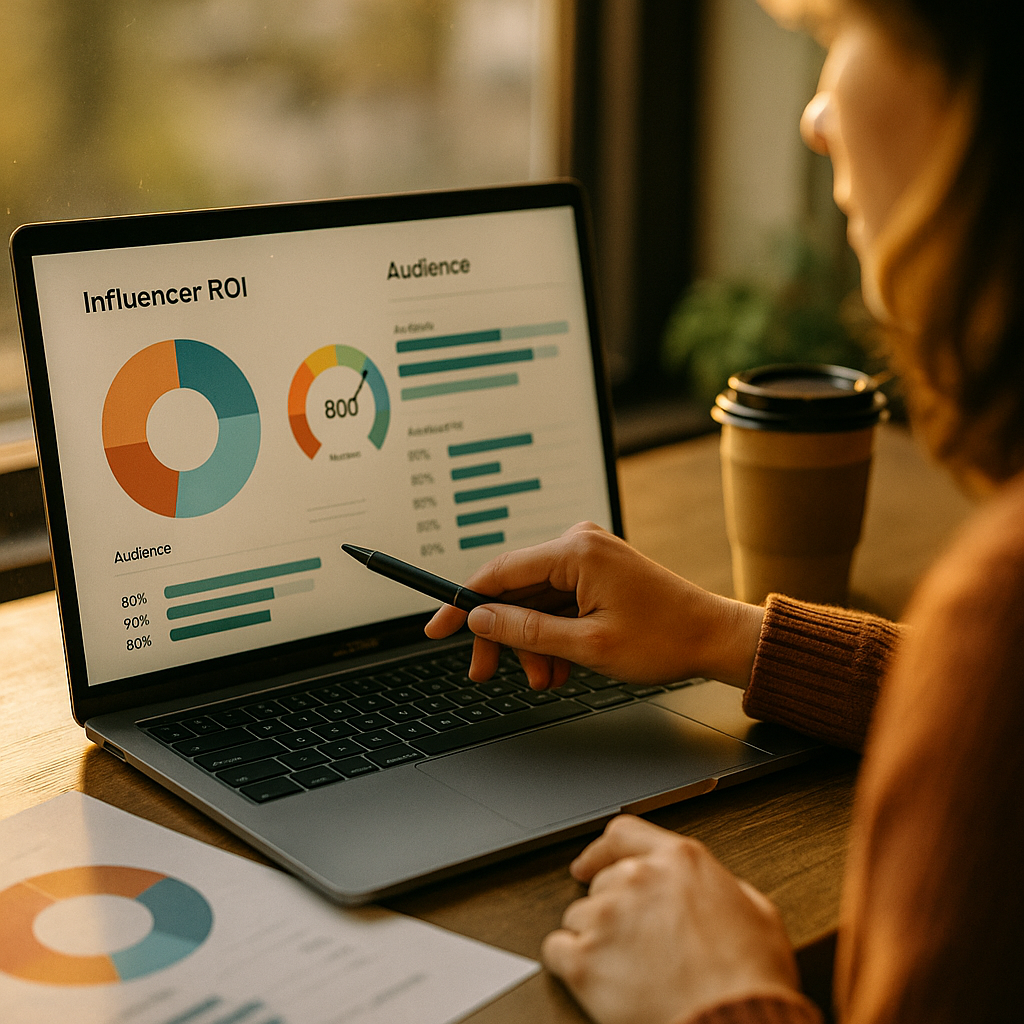Using Affinity Scores to find creators whose audiences perfectly match your ICP (Ideal Customer Profile) is a game-changer for brands aiming to maximize influencer marketing ROI. By leveraging granular audience data, marketers can forge partnerships that drive meaningful engagement. Curious how this approach can transform your creator collaborations? Read on to discover actionable strategies and insights now fueling successful campaigns.
What Are Affinity Scores and Why Do They Matter?
Affinity Scores measure the alignment between a creator’s audience and your Ideal Customer Profile. By evaluating factors such as audience demographics, interests, buying habits, and online behavior, Affinity Scores provide a quantifiable way to assess partnership potential. This method transcends surface-level metrics like follower counts, ensuring brands connect with creators whose followers mirror their target market.
According to 2024 industry reports, campaigns based on high audience affinity achieve up to 2.4x greater engagement than those relying on less targeted partnerships. This evidence underscores the importance of precise audience targeting for credible, high-impact marketing. Marketers who implement Affinity Scores consistently report improved lead quality and stronger, data-backed ROI.
Understanding Your ICP: The Foundation of Audience Matching
A clear, detailed ICP is the cornerstone of leveraging Affinity Scores effectively. Your ICP encompasses the defining traits of your best customers – age, location, interests, needs, and buying triggers. Successful brands revisit and refine their ICP regularly, using feedback loops from sales, customer support, and market research to stay ahead of shifting trends.
In 2025, leading marketers are integrating psychographic data and behavioral analytics into their ICPs. For example, a wellness brand might go beyond “women ages 30-35” to include factors like “prioritize eco-friendly products” and “engaged in yoga or meditation communities.” This level of granularity empowers brands to zero in on creators with audiences who aren’t just similar—but primed to convert.
How to Calculate and Use Affinity Scores
The calculation of an Affinity Score involves comparing your ICP’s attributes with the available audience data from potential creators. Here’s a simple process:
- Step 1: Gather Audience Data. Use analytics platforms, creator media kits, and first-party data tools to gather detailed insights into a creator’s audience.
- Step 2: Define Matching Criteria. Establish your must-have audience traits using your updated ICP.
- Step 3: Quantify Alignment. Assign weights to each matching attribute. For example, geographical alignment (25%), age bracket (20%), purchase intent (25%), psychographics (30%).
- Step 4: Score and Rank Creators. Sum the weighted values to generate an aggregate Affinity Score for each creator, then rank accordingly.
Advanced influencer platforms now automate much of this process, offering real-time Affinity Scores across their databases. Remember, the higher the score, the closer the audience fit.
Benefits of Prioritizing Audience Affinity Over Follower Counts
Prioritizing audience affinity yields numerous benefits:
- Higher Engagement: Audiences that identify with your brand are more likely to convert, share, and advocate.
- Lower Acquisition Costs: Precise targeting minimizes wasted ad spend and reduces cost-per-acquisition.
- Stronger Brand Authenticity: Authentic creator-brand alignment fosters trust and long-term loyalty.
- Improved Campaign Metrics: Expect higher click-through rates, share-of-voice, and positive sentiment when content resonates with the right people.
According to a recent CreatorIQ report, affinity-driven campaigns in 2025 see average conversion rates of 8.1%, far surpassing traditional influencer marketing benchmarks.
Best Practices for Partnering with High-Affinity Creators
Once you’ve identified creators with top Affinity Scores, it’s crucial to approach collaboration strategically. Here’s how:
- Personalize Your Pitch: Reference audience similarities and explain why you believe their audience is a perfect fit.
- Align on Content Strategy: Co-create campaign briefs that reflect both your ICP and the creator’s unique style.
- Measure Results Transparently: Set metric baselines, track in real time, and optimize based on shared performance dashboards.
- Foster Long-Term Relationships: Ongoing partnerships deepen authenticity and increase future audience engagement.
Effective communication and mutual respect ensure that both brand and creator maximize the partnership, benefiting from data-driven audience synergies.
Future Trends: The Evolution of Affinity Scoring in Influencer Marketing
Affinity scoring is rapidly evolving. As privacy regulations tighten and platforms restrict third-party data access, brands are investing in richer first-party data sources and direct audience surveys. AI now enables predictive affinity modeling, factoring in micro-behaviors and network effects that signal deeper brand-audience alignment.
In 2025, expect to see brands using advanced analytics to uncover high-affinity micro and nano influencers, as niche communities deliver even greater ROI. Continuous iteration, AI-enhanced tools, and cross-platform tracking will further refine how marketers leverage affinity metrics for smarter partnerships.
FAQs: Affinity Scores and Finding Ideal Creators
-
What is an Affinity Score?
An Affinity Score is a numerical representation of how closely a creator’s audience matches your Ideal Customer Profile. It enables data-driven decisions when selecting influencer partners.
-
How accurate are Affinity Scores?
Accuracy depends on the quality of underlying audience data and ICP definition. With robust data, Affinity Scores are highly predictive of campaign success and engagement rates.
-
Can small brands benefit from Affinity Scores?
Absolutely. Even brands with limited budgets can use Affinity Scores to maximize collaboration impact by targeting highly relevant, aligned audiences.
-
Where can I access Affinity Score tools?
Leading influencer marketing platforms and audience analytics providers offer Affinity Score features. Alternatively, brands can manually calculate scores using available creator audience data.
-
How often should I update my ICP for accurate scores?
Review and update your Ideal Customer Profile at least twice a year, or whenever you notice significant shifts in customer behavior or market conditions.
Affinity Scores offer a reliable, data-led way to find creators whose audiences align perfectly with your ICP. By prioritizing audience fit over vanity metrics, brands and marketers can drive greater ROI, authenticity, and long-term growth through smarter influencer partnerships.
